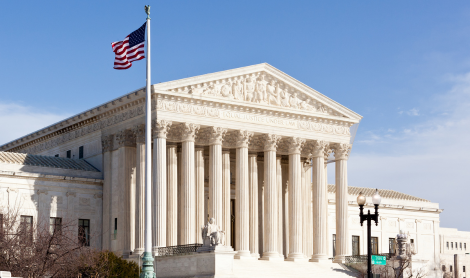Via the Washington Post‘s Emma Brown, comes the news that Monday night, the DC Public Charter Schools Board (DC PCSB) unanimously denied a request from BASIS DC, one of the charter schools it authorizes, to increase its enrollment ceiling. This sort of denial is probably quite common for schools with authorizers who are not invested in seeing their charter schools grow and prosper, but this is the DC PCSB we’re talking about, an organization dedicated to being a quality authorizer and to promoting charter school success. Even more odd is the fact that nine other requests for enrollment increases from other schools were all unanimously approved on the same night that the request from BASIS was denied. So what explains the difference in treatment for BASIS?
The PCSB staff recommended that the board deny the school’s request because, according to the staff recommendation, 1) the school has been open less than a year and so has no performance data 2) there are “high levels of midyear withdrawals from the school” and low levels of special education students” and 3) the school was “non-compliant in responding to certain PCSB data requests, including a City Council request for salary information.”
I don’t know whether or not the PCSB’s decision was the correct one, and without more information it’s impossible to decipher how serious the problems raised by the board’s staff might be.* But the merits of this particular decision aside, this is what active authorizing looks like, attentive, engaged, performance-focused, data-driven, and decisive.
Last night’s vote–combined with the announcement last month that it would start scrutinizing special education enrollment and mobility more closely–indicate that the DC Public Charter Schools Board is an active authorizer, an authorizer that actively manages its portfolio to maximize academic achievement and protect student and public interests. Rather than just rubber stamping its schools’ requests to expand, the PCSB takes its authorizing responsibilities seriously by examining each request on its merits and considering whether the performance (academic, financial, and organizational) of the requesting school warrants approval.
*Brown reports, and the PCSB noted Monday night, that “43 students — nearly 10 percent — have left the school” since October 5, the day used to count students for funding purposes. “Seven of them were students with disabilities.” In response to these numbers, Brown notes that “Paul Morrissey, head of school for BASIS, said attrition is often high in the first year of operation of a BASIS school, but tends to drop as students and families learn what BASIS demands. Nearly one-quarter of students withdrew from a BASIS school in Peoria, Ariz., during its first year of operations, he said.” It would be useful to know what mid-year attrition at BASIS’s other schools looks like after the first year.


